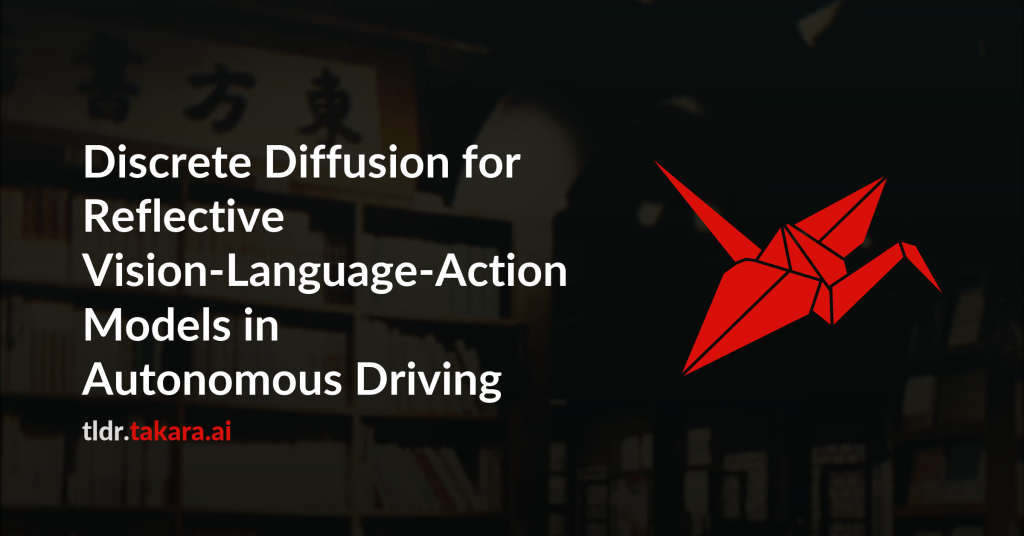End-to-End (E2E) solutions have emerged as a mainstream approach for
autonomous driving systems, with Vision-Language-Action (VLA) models
representing a new paradigm that leverages pre-trained multimodal knowledge
from Vision-Language Models (VLMs) to interpret and interact with complex
real-world environments. However, these methods remain constrained by the
limitations of imitation learning, which struggles to inherently encode
physical rules during training. Existing approaches often rely on complex
rule-based post-refinement, employ reinforcement learning that remains largely
limited to simulation, or utilize diffusion guidance that requires
computationally expensive gradient calculations. To address these challenges,
we introduce ReflectDrive, a novel learning-based framework that integrates a
reflection mechanism for safe trajectory generation via discrete diffusion. We
first discretize the two-dimensional driving space to construct an action
codebook, enabling the use of pre-trained Diffusion Language Models for
planning tasks through fine-tuning. Central to our approach is a safety-aware
reflection mechanism that performs iterative self-correction without gradient
computation. Our method begins with goal-conditioned trajectory generation to
model multi-modal driving behaviors. Based on this, we apply local search
methods to identify unsafe tokens and determine feasible solutions, which then
serve as safe anchors for inpainting-based regeneration. Evaluated on the
NAVSIM benchmark, ReflectDrive demonstrates significant advantages in
safety-critical trajectory generation, offering a scalable and reliable
solution for autonomous driving systems.

